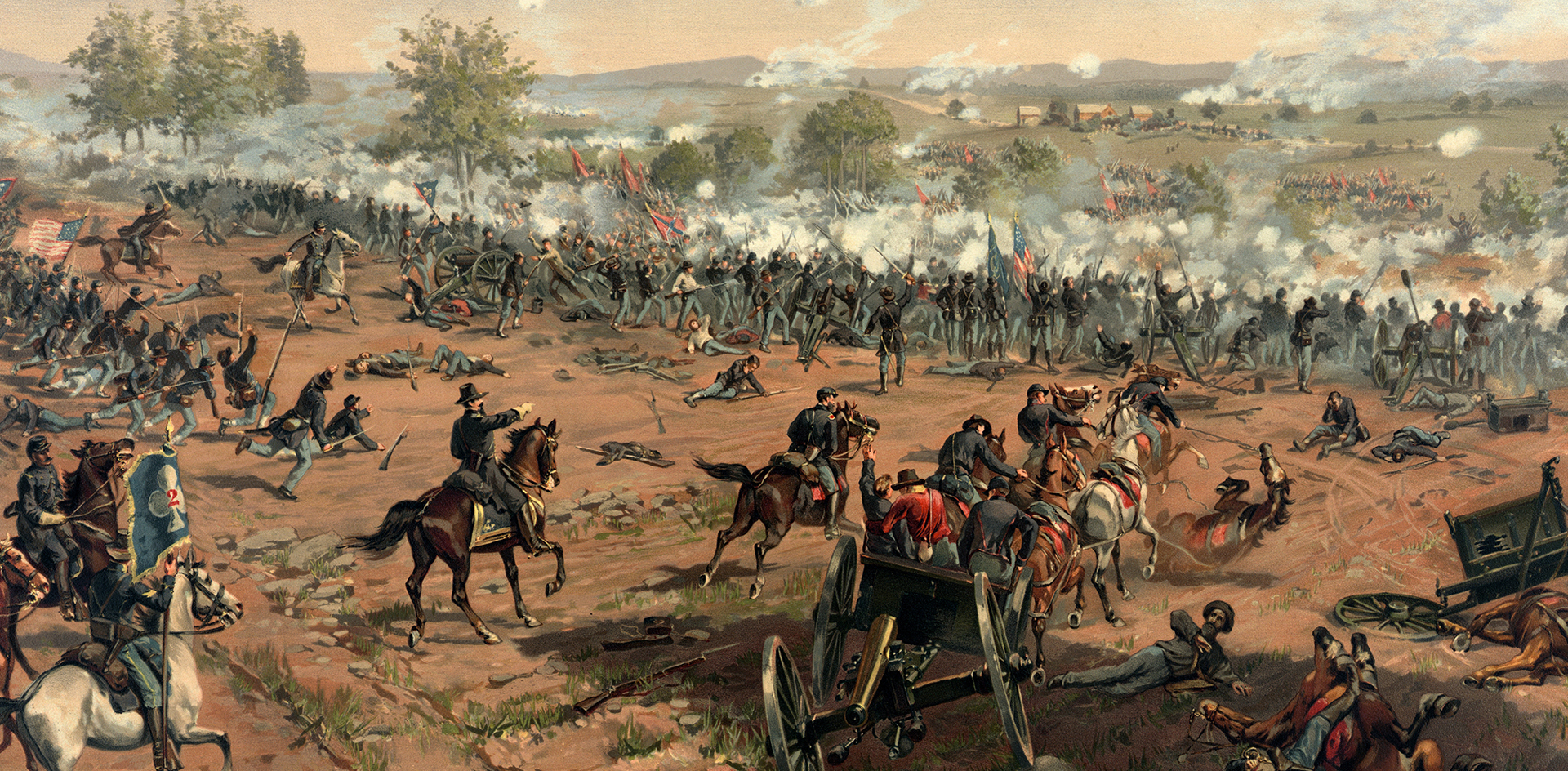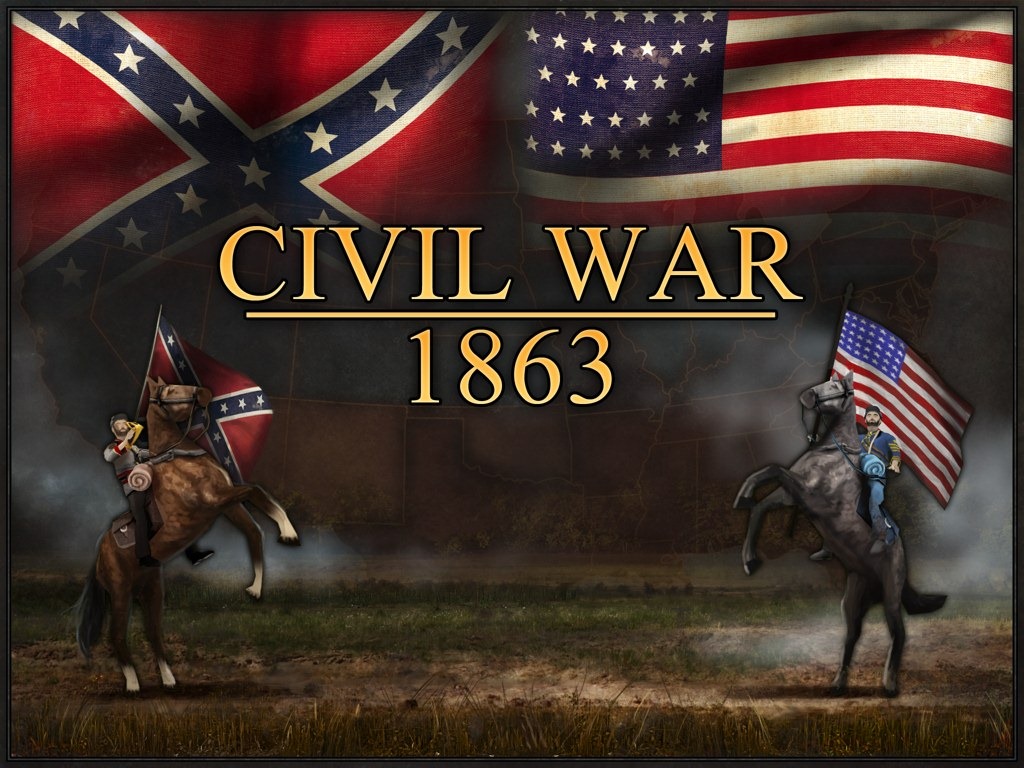BY ANN HERRICK
With the recent release of the movie Glory, a long neglected chapter of American history is being rediscovered. Glory chronicles the exploits of the Fifty-Fourth Massachusetts Colored Infantry Regiment, one of the earliest Black regiments in the Union army and Colonel Robert Gould Shaw, the wealthy young Bostonian who led them. The story of the Fifty-Fourth is a compelling one, made even more so by the swiftness with which it occurred. In March, 1863 the regiment was in training near Boston. Two months later, on May 28, the regiment marched proudly through cheering crowds in Boston, the first Black regiment from the North to go to war. By the morning of July 19,1863 Shaw and many of his men would lay dead on a sandy spit of land outside Charleston Harbor in South Carolina. Though their service was short, they made a difference. In their first battle, on July 15, they saved the Tenth Connecticut Regiment from certain destruction and their assault on Fort Wagner proved to the Union that Black soldiers were fully the equal of their White counterparts.
The regiment had many influential supporters, including Massachusetts Governor Andrew, William Lloyd Garrison, Frederick Douglass and other noted abolitionists of the day. These men traveled, lectured and wrote, urging Black men to join the regiment. The recruitment drive was so successful that a second regiment, the Fifty-Fifth, was filled as well. The Fifty-Fifth Regiment served with distinction throughout the war, most notably at Honey Hill, South Carolina. Among the soldiers in that regiment was James Monroe Trotter, the father of William Monroe Trotter.
The first Black regiment to serve in the Civil War was the First South Carolina Volunteers, formed in 1862. Recruited at the same time but mustered into the army shortly after the First South Carolina was the First Kansas Colored Regiment. In 1863 the Second South Carolina Volunteers, as well as the Massachusetts Fifty-Fourth and Fifty-Fifth, began their service.
Though Shaw’s name is best-remembered, others, both in and out of the regiment deserve equal celebrity. In the crowd that day was a young Black woman named Mary Edmonia Lewis. She was so impressed with Shaw as he rode on his horse at the head of the regiment that she decided to sculpt a bust of the young colonel. Though she received little support in her artistic endeavors, she went ahead with the project. Later, Shaw’s sister commissioned Lewis to execute the bust in marble. Edmonia Lewis continued sculpting and became a respected artist both in the United States and Europe.
Two of the soldiers already had at least one admirer in the crowd. Charles and Lewis Douglass had joined the regiment as soon as they could and Lewis became the first unit’s first regimental sergeant major. It was their father, Frederick Douglass, who admired them from crowd that day as the regiment marched down Beacon Street.
Other states were raising Black regiments as well. The first Black regiment to serve in the Civil War was the First South Carolina Volunteers, formed in 1862. Recruited at the same time but mustered into the army shortly after the First South Carolina was the First Kansas Colored Regiment. In 1863 the Second South Carolina Volunteers, as well as the Massachusetts Fifty-Fourth and Fifty-Fifth, began their service.
As Smalls served, he learned as much as he could and in May of 1862 he put his plan into action. One night when the White officers were away Smalls, who had the same figure and was about the same height as the captain of the Planter, put on the captain’s uniform and eased the steamer away from the wharf.
Of course, Blacks did not have to be in military service, or even freedmen, to be of great help to the Union. One of the cleverest coups for the Union was the brainchild of twenty-three year old Robert Smalls. A slave all his life, Smalls had been forced by the Confederacy to serve in their navy. Smalls was an excellent pilot and became wheelman of the steamer Planter. Had he been White he easily would have qualified to be the steamer’s captain, but as a slave, wheelman was as high a rank as he would ever get. As Smalls served, he learned as much as he could and in May of 1862 he put his plan into action. One night when the White officers were away Smalls, who had the same figure and was about the same height as the captain of the Planter, put on the captain’s uniform and eased the steamer away from the wharf. He and his co-conspirators slipped quietly out of Charleston Harbor, giving the sentries all the correct passwords and signals. He stopped to pick up his wife and children and then sailed to the nearest Union vessel and gave them the steamer plus important information about the coastal defenses. In recognition of his bravery Smalls was given command of the ship and remained its captain until the end of the war.
As entertaining as it is to read stories like this one and to see movies like Glory, there is nothing like reading the writing of people who actually lived these events. There are several good books and articles on the subject of Black soldiers in the Civil War. Here are just a few:
Lerone Bennett Jr., “Chronicles of Black Courage, Part V” in Ebony
Magazine, October, 1983. The dtory of Robert Smalls.
Dudley Taylor Cornish, The Sable Arm, Negro Troops in the Union Army,
1861-1865.. An overview of the subject.
Otto Friedrich, “We Will Not Do Duty Any Longer for Seven Dollars Per
Month” in American Heritage, February, 1988. Injustice in the military.
Robert Ewell Greene, Black Defenders of America. Biographies of Black
servicemen, look up your ancestors!
James Hallas, “Forward, Fifty-Fourth!” in Yankee Magazine, July 1981. The
story of the Fifty-Fourth Regiment.
Susie King Taylor, A Black Woman’s Civil War Memories. Written by a freed Black woman who traveled with the First South Carolina Volunteers.


